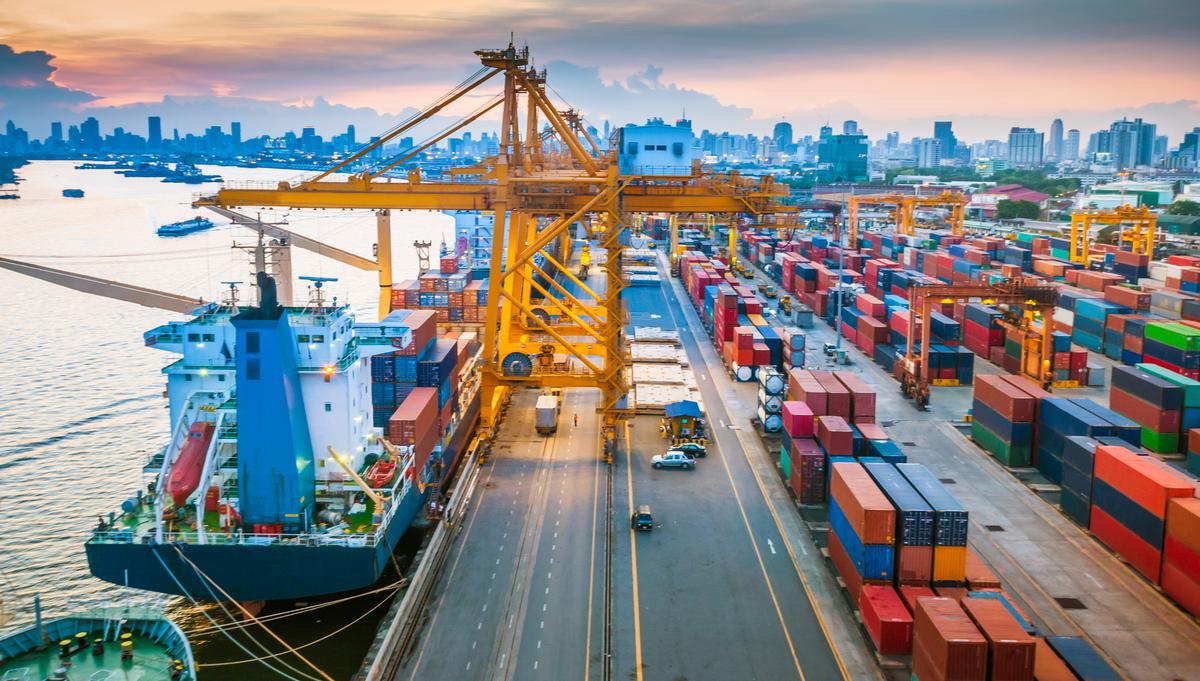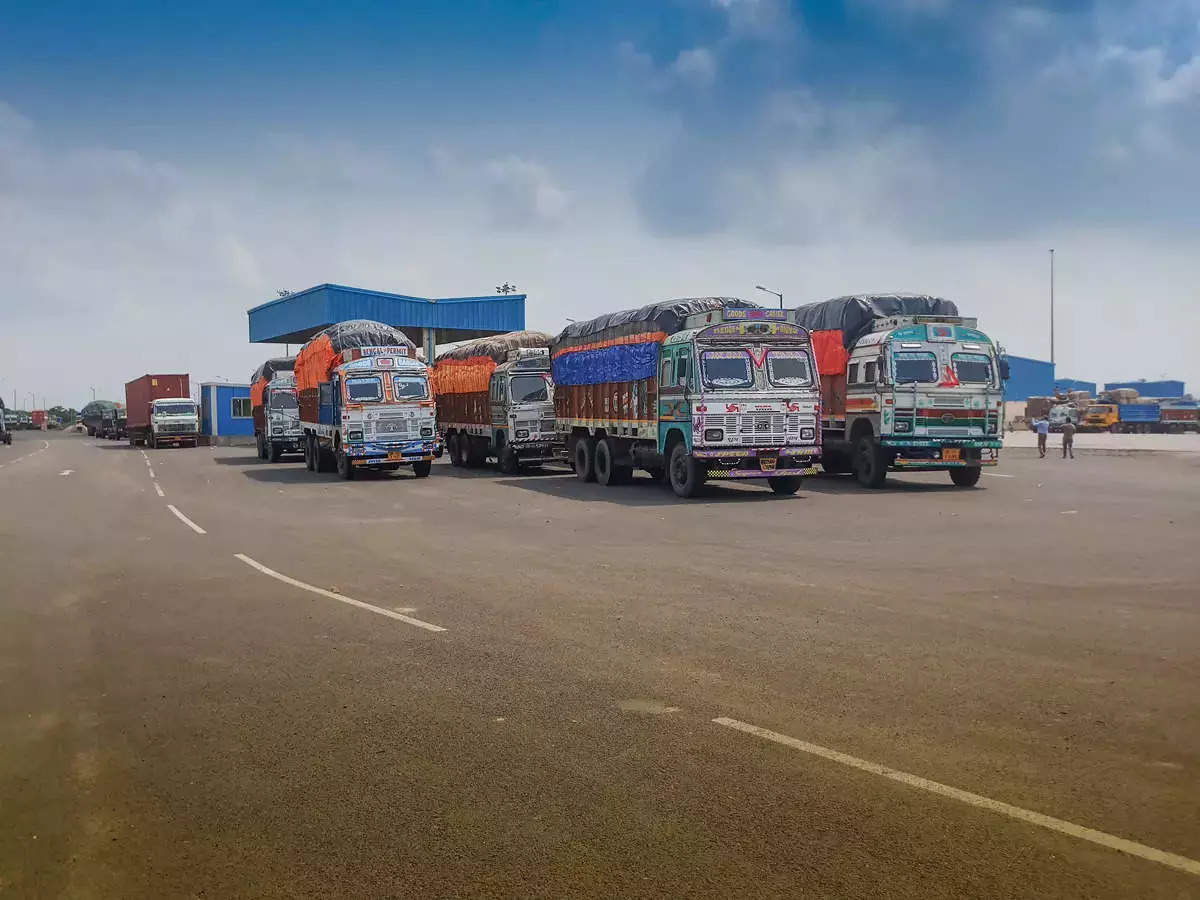National Logistics Policy: will India’s infrastructure be transformed by the policy?

India’s infrastructure will be transformed by the National Logistics Policy
On September 17, 2022, Hon’ble Prime Minister Narendra Modi released the eagerly anticipated National Logistics Policy (NLP), which demonstrates the government’s optimistic intention to solve the major issues facing the sector. The goal of the strategy is to facilitate the free flow of commodities throughout the nation and to make Indian products more competitive in both local and international markets. It is an important step since it will increase efficiency overall and promote value creation and enterprise.
By developing an interdisciplinary, cross-sectoral, and multijurisdictional framework for the growth of the whole logistics ecosystem, NLP is a comprehensive attempt to solve the issue of high costs and inefficiencies. In comparison to Japan and Germany, India presently spends 13 to 14 per cent of its Gross Domestic Product (GDP). It is the foundation of an economy that accounts for 14.4% of the nation’s GDP and employs more than 22 million people. By making Indian goods more competitive, the NLP hopes to improve these factors in terms of economic growth and opening up more employment prospects.
The PM GatiShakti National Master Plan (PMGS-NMP) will benefit from the NLP as it works toward improving multimodal connectivity. Including all interested parties in the planning and execution process, it will create a modern infrastructure of the highest calibre, increasing project efficiency and synergy. By tackling supply-side restrictions, reducing regulations, and covering all bases, the new strategy will also help the nation’s logistics industry develop into an integrated, affordable, resilient, and sustainable logistics ecosystem.
Similar to this, the emphasis on digitization through platforms like the Unified Logistics Interface Platform (ULIP) and Ease of Logistics Services (E-Logs) is essential to supporting the designed services improvement framework in upgrading regulatory interoperability, standardizing logistic processes, and bringing the entire multimodal network onto a single digital dashboard, thus enhancing visibility and transparency for all stakeholders.
The goal of the strategy is to reduce losses experienced when shipping perishable goods by increasing the effectiveness of storage and the cold chain. Currently, 16% of India’s agricultural output is lost during different production phases. In this approach, the legislation would help the nation’s farmers by enabling them to get their goods to market more quickly while also minimizing waste and inefficiency.
India’s logistical efficiency has greatly grown over the previous eight years, but there is still an opportunity for improvement due to the government’s concentration on capital investment. The NLP has the potential to significantly alter how India transforms its infrastructure, and the nation will undoubtedly profit from its comprehensiveness and adaptability over the next few decades.

The National Logistics Policy, which aims to increase the competitiveness of Indian commodities in both local and international markets, was introduced by Prime Minister Narendra Modi, who noted that “policy is only a beginning, policy plus performance is equivalent to development.” In addition, PM Modi unveiled the Unified Logistics Interface Platform, or ULIP—also known as “You Leap!”—which would consolidate all digital services linked to the transportation industry into a single interface, relieving exporters of a variety of extremely drawn-out and onerous procedures.
The entire country, which has been through several procedural changes and sectoral transformative transformations for a while, has found it to be an outstanding experience. These adjustments have helped to develop a countrywide, interconnected, multi-pronged system that has propelled the Indian industry with unparalleled ease, speed, and economic prosperity.
A few developments that bode well for the Indian logistics industry are the launch of the great PLI scheme, the announcement of the creation of Multi-Modal Logistics Parks (MMLP) throughout the country, the Gati Shakti initiative, the introduction of the e-way bill and FASTag, faceless assessment in customs, and the e-sanchit online platform that enabled paperless export-import trade processes.
Additionally, with the elimination of state-level taxes through the GST, the sector has been moving toward consolidation and efficiency, with reports claiming that turnaround time has decreased by about 20%. Under the Digital India program, more people are using smartphones, which has resulted in record online sales, which have further aided D2C firms in the nation in growing and churning the Logistics industry.
The National Logistics Policy is the result of eight years of arduous labour, Prime Minister Narendra Modi stated in his inaugural speech. The remarkable blueprint that lies behind all the gruelling effort is hinted at by this, for which the foundational work has been progressing steadily. There are currently measures in place to overhaul all modes of transportation. UDAN plan was launched in 2017 to enhance Air Connectivity.
The overall number of airports has increased from 74 in 2014 to 141 as of the present, according to Civil Aviation Minister Jyotiraditya Scindia’s response to Parliament in August of this year. Similar to this, the expansive Bharatmala and Sagarmala programs are in place to revolutionize the nation’s water and road connectivity. Logistics and supply chain cycles have been significantly accelerated by railway electrification, additional rail lines, the creation of dedicated freight corridors, inland waterways, dry/land ports, and other transportation mechanism alleviation measures.

The formal framework of “Gati Shakti,” India’s Master Plan for Multi-modal Connectivity, was cleverly combined with these revolutionary advances. Gati Shakti covers economic zones like textile clusters, pharmaceutical clusters, defence corridors, electronic parks, industrial corridors, fisheries clusters, agro zones, etc., to increase connectivity and boost the competitiveness of Indian firms.
It will also make substantial use of technology, including tools for spatial planning that use ISRO images and were created by BiSAG-N. Recent Gati Shakti project approvals totalled Rs. 1.22 lakh crores. The Vishakhapatnam Port Logistics Park, two roads, four petroleum, six rail, and the IOC ATF Pipeline projects are only a few of the approved projects.
In contrast to industrialized countries like Singapore and the US, which have been able to keep this cost under control at 7-8% of GDP, the country’s logistics expenses can reach up to 14-15% of GDP. India wants to reduce the cost to 8% of the GDP by 2030 under the National Logistics Policy.
By 2040, India wants to have a $20 trillion economy, and by 2047, it wants to be a developed country. The National Logistics Policy is timely, given the need for strong export and logistics efficiency, seamless connection, and superior infrastructure in achieving these lofty objectives.

India now spends 13–14% of its GDP, compared to 7-8% in affluent nations. The goal, according to Prime Minister Narendra Modi, who announced the program, is to reduce the logistics cost to a single digit as quickly as feasible. India’s exports are becoming less competitive due to the increased logistical expenses. According to reports, India is now experiencing a $180 billion competitiveness gap due to increased transportation costs, and by 2030, the deficit is expected to reach $500 billion. Even farther behind China and Vietnam, which are ranked 26th and 39th, respectively, in the World Bank Logistics Index, India is ranked 44th in terms of logistics expenses.
High logistics costs are a result of several things, including poor policies and deficient multimodal transportation infrastructure. However, the National Logistics Policy and Gati Shakti-National Master Plan for multi-modal connectivity, both of which the government has been working on and which were unveiled in October 2021, are laying the groundwork for a better future.
Characteristics of the new policy

After eight years of planning, the government finally created the National Logistics Policy, which is guided by the goal “To construct a technologically enabled, integrated, cost-efficient, resilient, sustainable, and trustworthy logistics ecosystem in the country for fast and inclusive growth.”
The strategy aims to improve the Logistics Performance Index ranking to be among the top 25 nations by 2030, lower the cost in India to be similar to global benchmarks by 2030, and build a data-driven decision support system for a productive logistics ecosystem. The Comprehensive Logistics Action Plan will be used to implement the four elements of the program (CLAP). It contains:
- Integration of Digital System (IDS)
- Unified Logistics Interface Platform (ULIP)
- Ease of Logistics (ELOG)
- System Improvement Group (SIG)
The IDS will contain 30 separate systems from seven different agencies, combining information from the departments of road transport, railroads, customs, aviation, and commerce. All digital services about transportation will be gathered under the ULIP under one platform. As associations may contact the government directly through E-Logs, problems will be resolved.
A look at the standardization of the warehouse industry is also provided in the policy’s electronic guidebook. Integral digital logistics systems, asset standardization, service standard benchmarking, capacity building for human resources, creation of logistics parks, etc., are all included in CLAP. To promote the expansion of the industry, the government will also provide management courses centred on logistics and supply chains. In addition, the construction of multi-modal logistics parks (MMLPs) in key markets would enhance first- and last-mile connectivity.
Conclusion

The country’s logistics industry may move toward transformation with the help of the big policy vision. The NLP, in combination with the Gati Shakti Program, the Sagarmala and Bharatmala (waterways and highways) plans, the Dedicated Freight Corridors, etc., can be ground-breaking. The policy intends to lessen the existing over-dependence on roads with over 60% vs 25% internationally and bring about a modal shift in logistics. India is just 30% dependent on railways, compared to 60% globally. Similar to how rivers only make up about 5% of the modal mix.
The expansion of the nation’s economy is mostly dependent on commerce. Thus, promoting effective infrastructure for the transportation of commodities is crucial. The infrastructure and policies in place now cannot support India’s exponential growth required over the next several years. The strategy of giving strong infrastructure priority will reduce costs, increase exports, and eventually contribute to the growth of the nation. India is well on its way to becoming the world’s next major economy.
Edited by Prakriti Arora



